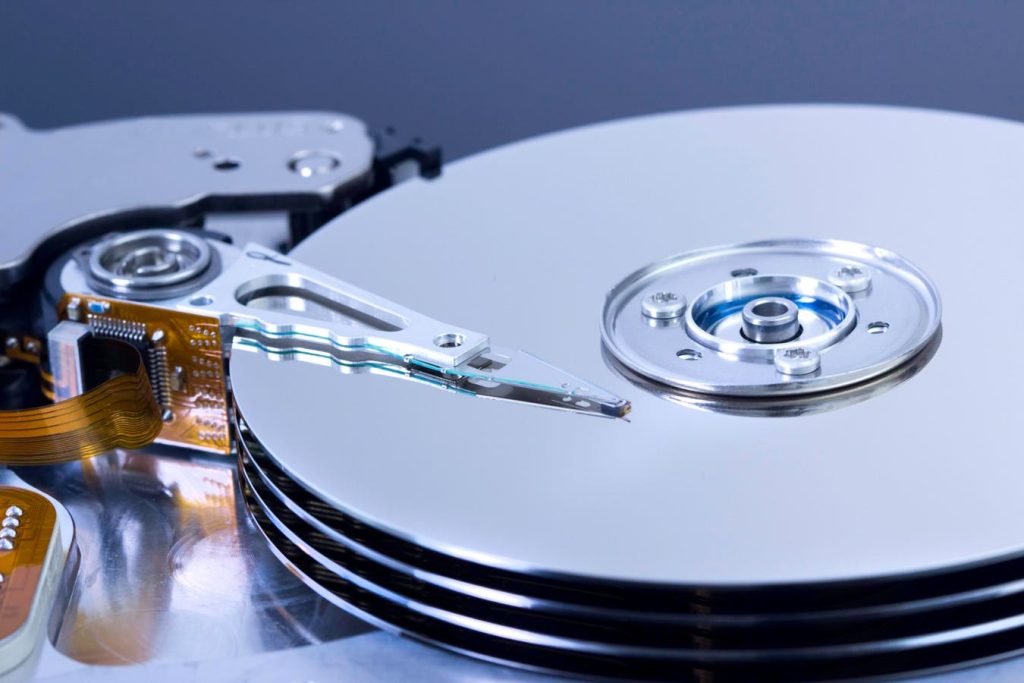In a recent article published in Acta Materialia, researchers from Seagate, NIMS, and Tohoku University showcased a new two-layer heat-assisted magnetic recording approach that could potentially achieve up to 4Tbpsi areal density. Current products utilizing heat-assisted magnetic recording (HAMR) from Seagate already achieve around 1.5Tbpsi, enabling the creation of 30TB+ hard disk drives (HDDs). By scaling possible HDD capacities for 10-disk HDDs, this new technology could potentially enable HDDs with over 120TB of storage capacity.
While the concept of recording information on multiple layers in magnetic media has been around, practical products utilizing this technology have not yet been developed. However, with the combination of thermal activation of recording using HAMR and special media and heads, the ability to write data into two layers of media now appears feasible. This advancement could potentially enable multiple layers of magnetic recording and further increase magnetic recording density.
Advanced Storage Research Consortium (ASRC) magnetic recording roadmaps have projected the advancement of HDD areal density through various technologies such as energy-assisted magnetic recording (HAMR) and decreasing magnetic media grain size. By introducing technologies like bit-patterned media, which defines separate islands of magnetic media, HDD density can be further increased. The demonstration of dual-layer magnetic recording presented in the paper offers another potential method for enhancing magnetic recording density.
The research team utilized a dual-layer FePt-C granular perpendicular magnetic recording media for their demonstration. The lower layer of the media possesses a higher Curie temperature (Tc, the temperature at which the magnetic material loses its ferromagnetic magnetization) compared to the upper layer. The layers are separated by a breaking layer made of Ruthenium (Ru), which helps create the different Curie Temperatures necessary for the recording process.
By applying a laser to the media that heats the two magnetic layers to close to the Tc of the lower film, the researchers were able to write on both layers. A subsequent write done at a lower laser power allowed for writing on the upper layer without affecting the lower layer. This dual-layer recording offers four levels of magnetic recording, allowing for higher density recording and more bits to be stored in the magnetic media. The potential for recovering data from this four-level recording was also considered feasible by the authors.
While it may take a few years before this dual-layer perpendicular recording technology can be implemented into products, the research offers a promising enhancement in hard disk drive magnetic recording density. The potential for developing HDDs with 120TB storage capacity or higher in the near future could help maintain HDDs’ cost advantage versus NAND flash technology for an extended period. The research presents an exciting opportunity for further increasing the storage capacity and performance of HDDs through innovative magnetic recording technologies.


